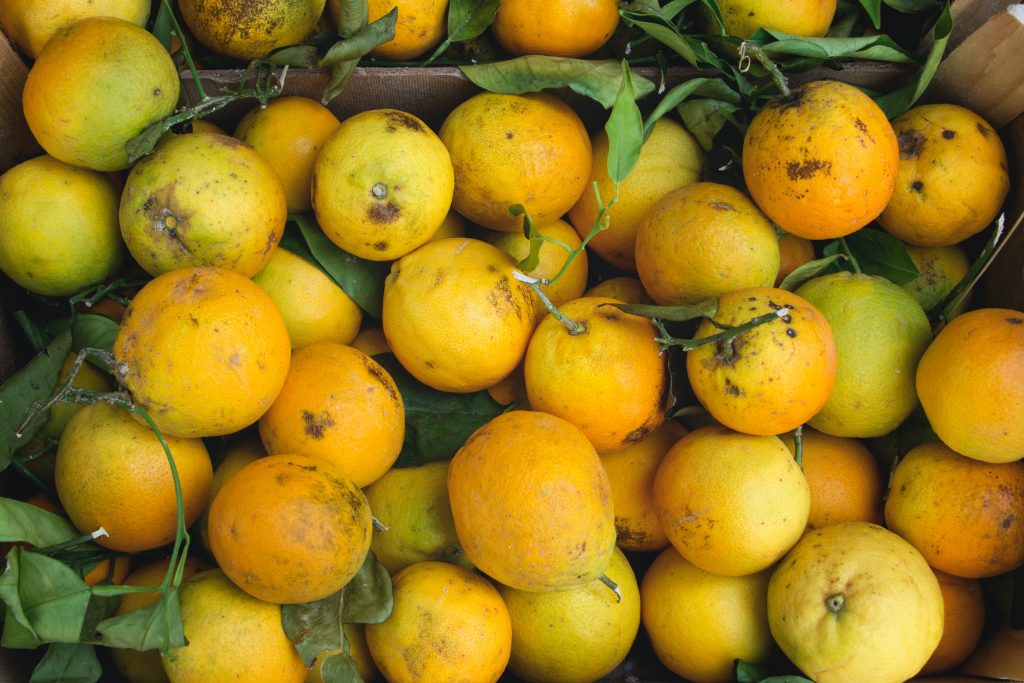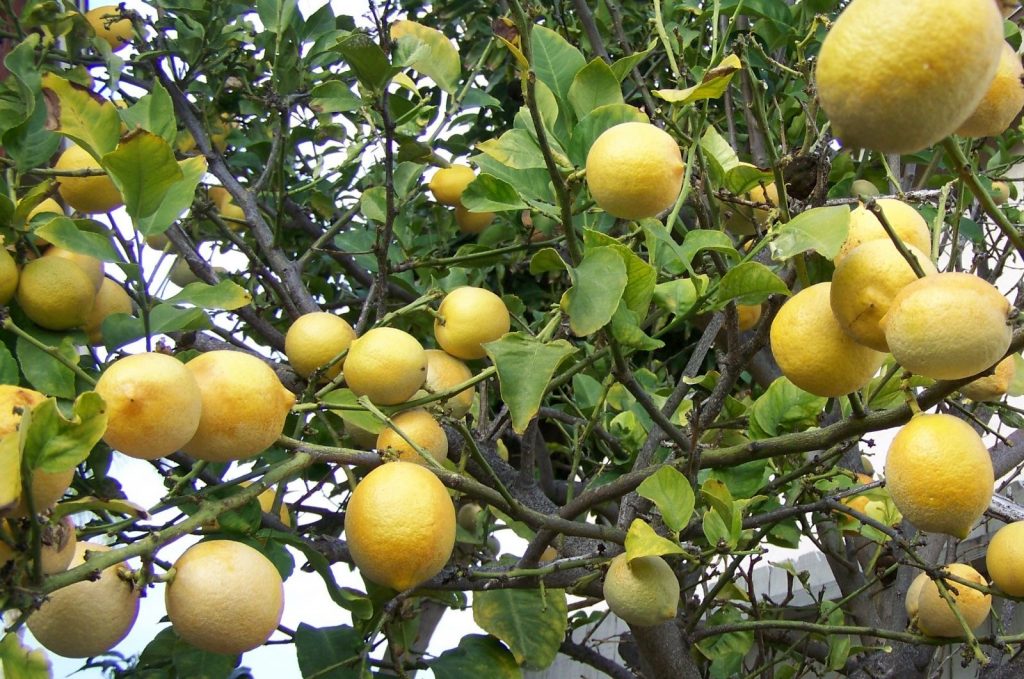Really citrus tree is unique in the garden. It looks great and makes any space as a summer paradise. Lemon tree is a special to grow, because it is relatively easy to care. It can be grown in various climatic conditions with more benefits. Depending upon how quickly they produce fruits?
They are suspecting that long list of pest, diseases, and problems. If you not identified in time then you can’t get any fruit at all. Few of these problems have due to bad gardening habits.
Although, we have few preventive measures and solutions for making lemonade in no time.

Care guide to lemon tree
Before entering into the list of lemon tree issues, just revise the best way to protect for your lemon tree.
Lemon tree should be planted in the sunniest spot in your garden. So, the sunlight falls on the tree is about 6 hour’s minimum for every day. Tropical and the semi tropical are the best climate for the lemon tree.
Most of the lemon tree need well drained, textured soil with lightly acidic in nature. Avoid mulching at the base of the tree and be sure that there is no pooling water when you water it. Maintain the moist soil throughout the summer. Sometimes younger plants need water twice a week. For older ones became more to drought-tolerant and don’t skip out on watering altogether.
Younger citrus tree needs more cutting back to encourage healthy branch growth. Cutting is also allow flowing air easily between branches and leaves and allows excess light to reach all areas of the tree.
Let’s enter into the problems of citrus tree and how to dive into them.
7 Common Lemon Tree Problems
#1.Lesions on Leaves – Citrus Canker
The most common devastating lemon tree disease is citrus canker. This disease occurs due to the bacterium Xanthomonas citri. In early nineteen century it was discovered in Texas and Florida. Many of them believed that it is originated in Japan and finding their ways to the states by shipping the citrus seeds.
It is first appears on your lemon tree leaves such as small lesions pop up are observed on both sides of the leaves and they are raised like a small carters. This spots have a yellow ring around them with water stains. It will spread all over the stems and fruits.
It is not harmful for humans but still devastate your lemon tree and their citrus family. Shoot dieback, defoliation, fruit drop are the symptoms of the citrus canker.
This disease can be spread through cross contamination of plants, winds and rains. Even birds also spread citrus canker. These citrus cankers survive for 10 months on leaves, plant debris, barks and it is difficult to control.
Prevention for citrus canker bacteria
When these citrus canker diseases appeared in agricultural lemon trees, the solution is to burn all the trees which are infected as well as around 50 foot radius trees also burnt too.
Also Read: How to Grow Lemon from Seeds
#2.Black Moldy Spots – Sooty Mold (And Aphids)
Many plants are effected by sooty mold disease especially for those who loved by aphids. It will grow on sticky substance secreted by aphids called as honeydew. While it is black and not harmful and it prevents photosynthesis having devastating results. With high infestation causes defoliation which leads to death of your lemon tree.
If you identified that your citrus tree have an aphid and sooty mold problem then you observed your lemon tree leaves and branches have been dusted in ash and covered with black grime.
The best way to prevent sooty mold from your lemon tree to get rid of aphids. Simply make soapy water in a bucket and allow the effected leaves to dip into the solution. Another way with trusty water spray bottle in that add aphid killer, horticulture oil, and alcohol thrown in the bottle then spray it over the effected leaves of lemon tree.
#3.Fuzzy Gray Mold and Brown Spots – Botrytis Blight
Botrytis blight is a diseases caused by fungus, grow in high humidity and in long period of rains. It lives at plant debris and spread easily by rain and wind. Once it occurs on your lemon tree needs to germinate little bit of moisture. It is quickly effects the leaves, stems, small branches and lemons leaving back dark brown spot and gray fuzzy mold. The gray mold ends the covering a fruit that which already set causes the branches to die back.
It can be easily prevented. Citrus trees are planted at the maximum sunlight falls on the site in the garden and space them to eliminate correctly in which botrytis blight thrives in few conditions. Lemon trees dries in sun with good air circulation. For prevention of botrytis blight throw away dead foliage and plant debris near the citrus tree in the garden to avoid attracting diseases.
#4.Tan Spots with Dark Outlines – Anthracnose
Another fungal disease that needs attention is anthracnose. Like gray mold, it attacks lemon leaves, branches, and spots. Anthrax is easy to detect like most fungal diseases, it first appears strangely colour lesions on the affected area (e.g. leaves). These spots are tan with obvious black outlines and look like healing bruises.
The anthracnose of lemon fruit looks a little different sunken and dark brown. When it spreads in the fruit, the centre of these spores turns pink and the fruit begins to rot. Small branches and twigs are also affected, causing the leaves to die and fall.
Anthracnose thrives in cool, humid and humid conditions. It can spread quickly and easily, especially in the wettest season. Splashing water on the contaminated plant remains help to spread disease to your lemon tree. As destructive as anthracnose, it is easy to control. Just remove any plant debris from the roots of the lemon tree. From there you must prune and destroy all infected trees, branches and leaves.
Proper watering and special care for lemon tree will help to prevent the development of anthracnose. You can use copper and neem oil-based fungicides to prevent fungi from rooting, but they do affect beneficial insects.
#5.Brown Scabs – Lemon Scab
This fungal infection does no harm to the fruits, you can still eat them, but they don’t look good. If you don’t take care of them adequately, the health and fruiting ability of your trees will deteriorate.
They look like terrible brown shells. At first they look like small pustules, but as the disease spreads, they become very hard.
Lemon scab can also affect branches and leaves
The branches and leaves became deformed and withered. When a lemon tree is infested with lemon scab, it will appear short and dense.
Like other fungal infections at wet and humid conditions are ideal places for disease to develop and spread.
As always, your first line of defense is to maintain good garden hygiene and proper watering methods. Many people recommend removing infected trees to replace harmful fungicides that may harm other plants in the garden.
Also Read: Guava Farming: Planting, Spacing, & Cultivation Guide
#6.Yellowing Leaves – Chlorosis
If you notice a yellowish tint on the leaves of the lemon tree, you may have chlorosis on your hands.
Many factors can cause the leaves to turn yellow. Sometimes it may be due to poor drainage or too alkaline soil, compacted soil and damaged roots can also cause chlorosis.
However, sometimes you will notice yellow veins passing through the lush green leaves. This form of chlorosis, called yellow vein chlorosis, which can indicate your trees, has lack of nitrogen. Fertilize for one day, and your tree will take care of itself.
But yellow veins chlorosis may also be the result of trauma to your lemon tree. This phenomenon may be caused by physical damage or by gardening tools, pests and diseases.
Always use your gardening tools carefully, maintain a high standard of garden hygiene, and take care of your lemon tree. Make sure you also fight against pests and diseases. Chlorosis, especially caused by trauma which results to fall of fruit and leaves.
#7. Leaves with silver streaks – Citrus Leaf Miner
Citrus moths are native to Asia and the adults are concerning to larvae. The small pests get unique name due to the tunnel across citrus leaves. If the leaves are distorted growth of younger ones can be affected.
Adult citrus leaf miners are small and these silver moths have a black spot on their scaled wings. The larvae are also small, but green, similar to glass.
Female butterflies usually lay their eggs under the leaves. It completed this operation in less than a month. In just a week, you will find their traces on all the leaves.
It should be noted that these small pests will not affect the fruit itself, only the leaves. However, lemon trees are particularly fragile because small citrus fruits can infect young leaves.
The good way to deal with citrus leaf minors is to announce beneficial insects. So many insects destroy your plants. Spider and parasitic wasps are introduced into your garden which eliminate majority of larvae and pupae.
If you want to add more fruit trees in your backyard, check few of these great dwarf options. Or might be don’t have outdoor space, you can also grow fruit trees indoor itself.
Also Read: What is Mango Farming all about? A complete guide

